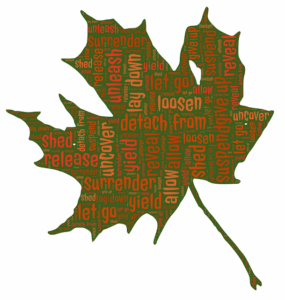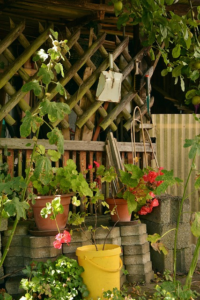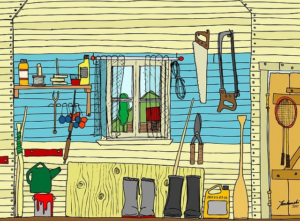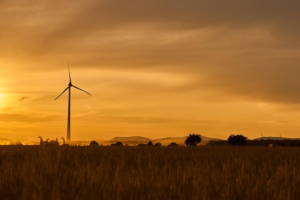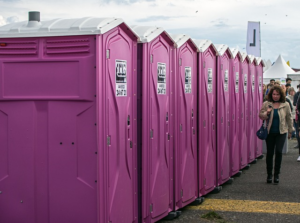Steel vs Wood: Farm Shed Durability in Wagga Wagga
When choosing farm sheds in Wagga Wagga, consider steel for superior durability and climate resistance over wooden alternatives, despite higher upfront costs. Wooden sheds offer natural aesthetics and reduced carbon footprint but require regular…….

When choosing farm sheds in Wagga Wagga, consider steel for superior durability and climate resistance over wooden alternatives, despite higher upfront costs. Wooden sheds offer natural aesthetics and reduced carbon footprint but require regular maintenance; steel sheds are more durable but have higher initial environmental impact. Farmers must balance sustainability, functionality, and cost when selecting farm sheds in Wagga Wagga.
In the heart of Wagga Wagga, farm sheds stand as integral structures for rural storage and workplace solutions. When considering between steel or wooden options, understanding durability and cost becomes paramount. This article delves into a comprehensive comparison, examining the longevity, maintenance needs, and financial implications of these two popular choices among Wagga Wagga farmers. By exploring these aspects, we aim to provide insights that facilitate informed decisions for efficient farm management.
- Steel vs Wooden Farm Sheds: Durability and Cost Comparison
- Environmental Impact and Maintenance Considerations in Wagga Wagga
Steel vs Wooden Farm Sheds: Durability and Cost Comparison
When considering farm sheds in Wagga Wagga, durability and cost are key factors for any landowner or farmer. Steel sheds offer exceptional longevity, with robust materials that resist rust and corrosion, ensuring they stand strong against Australia’s diverse climates. This durability translates to a longer lifespan compared to wooden alternatives, which can rot or attract pests over time.
In terms of cost, steel farm sheds initially present a higher investment. However, their durability leads to significant long-term savings as replacement or repair costs are minimized. Wooden sheds, while more affordable upfront, require regular maintenance and repairs, which can add up over the years, making them less economical for Wagga Wagga’s farmers in the grand scheme.
Environmental Impact and Maintenance Considerations in Wagga Wagga
In Wagga Wagga, the environmental impact and maintenance considerations for farm sheds are significant factors in choosing between steel or wooden structures. Wooden farm sheds offer a more natural aesthetic appeal that blends seamlessly with the regional landscape. They are typically constructed using locally sourced materials, contributing to a reduced carbon footprint and supporting sustainable practices. However, wood is susceptible to rot, pests, and weather damage, necessitating regular maintenance, such as repainting or sealing, to prolong its lifespan. The environmental impact of these repairs should be considered, including the emissions from production and disposal of chemicals.
In contrast, steel farm sheds are built to withstand harsh conditions with minimal upkeep. They are resistant to rot, pests, and corrosion, reducing the need for frequent maintenance. This longevity translates into a lower environmental footprint over time, as fewer resources are consumed in their construction and maintenance. However, the initial carbon cost of manufacturing steel is higher, and if not properly recycled or disposed of, it can have detrimental effects on the environment. For Wagga Wagga farmers, balancing these factors is crucial when deciding between steel or wooden farm sheds to ensure sustainability without compromising functionality.
When deciding between steel or wooden farm sheds in Wagga Wagga, understanding their durability, cost, and environmental impact is key. Steel sheds offer superior longevity and low maintenance costs, making them a robust investment for locals’ farming needs. Wooden structures, while aesthetically pleasing, require more upkeep but can be a sustainable choice with proper care. Both options cater to the unique challenges of the Wagga Wagga region, allowing farmers to make an informed decision that aligns with their priorities, whether it’s longevity, cost-effectiveness, or environmental considerations.
